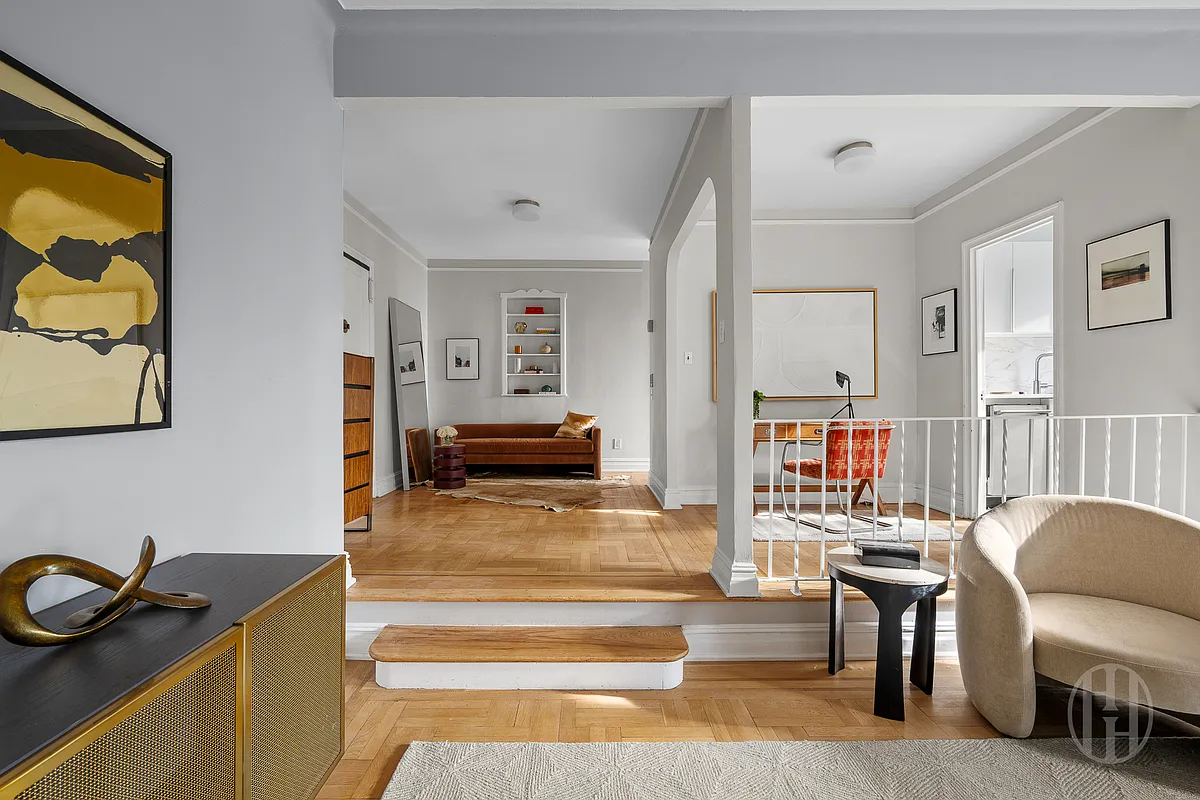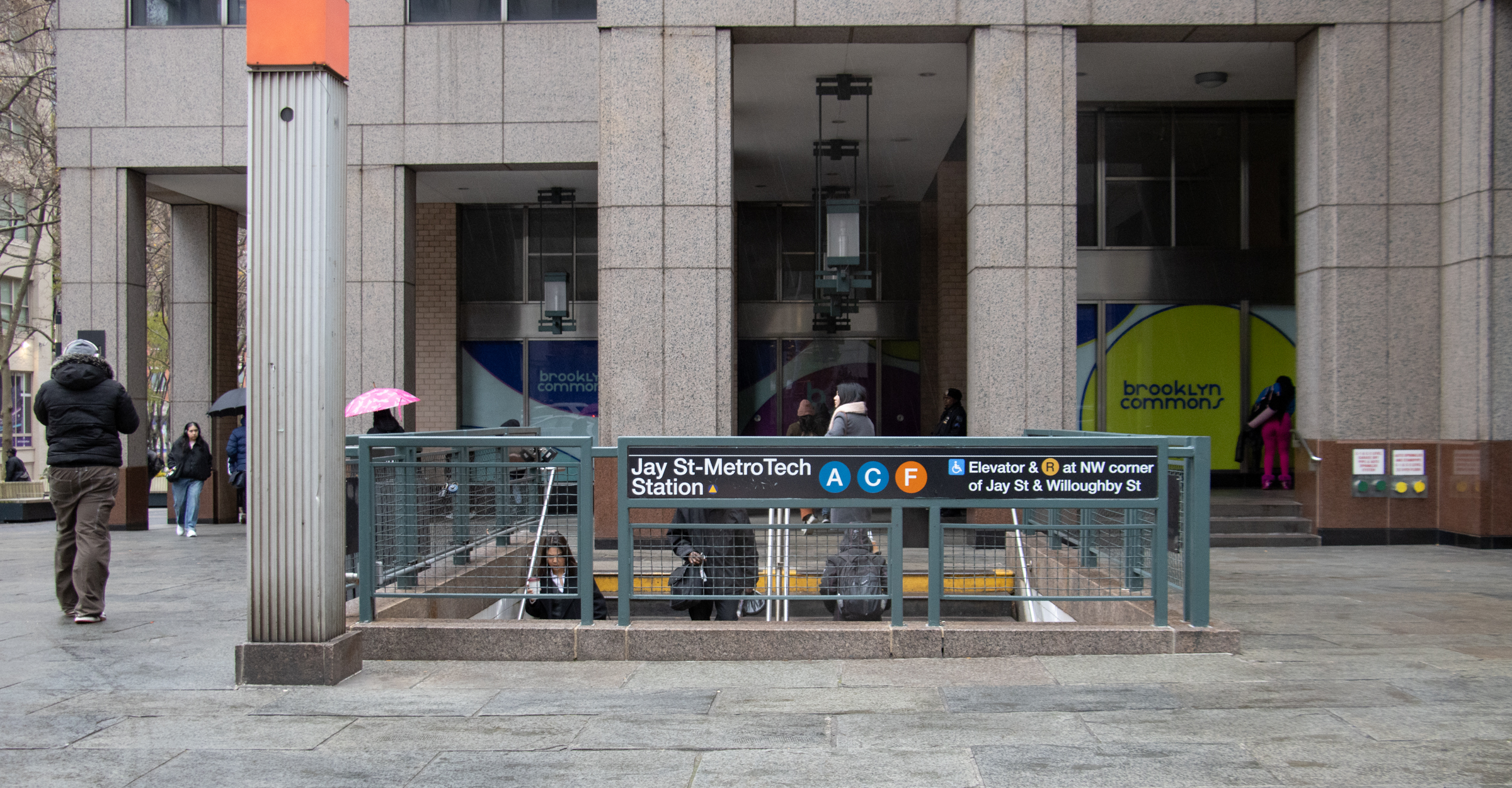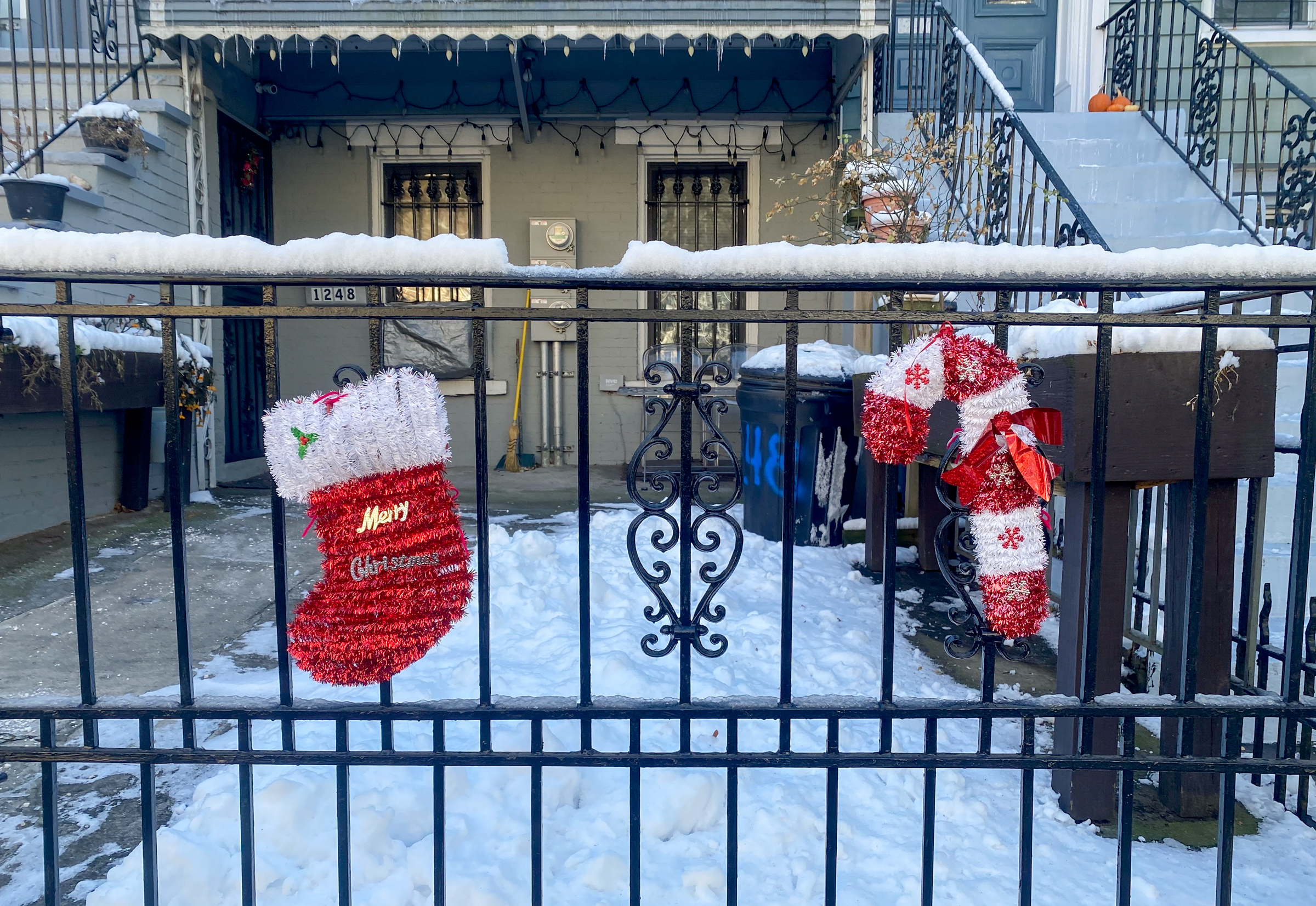Teardown Application In Front of LPC
One of the cases before the Landmarks Preservation Commission on Tuesday night was 173 St. James Place in Clinton Hill. Since being damaged by a fire (anyone know when?), it’s been sitting vacant. The owner has applied to demolish the existing 2-story 1850 house (not sure if that includes the garage) and replace it with…
One of the cases before the Landmarks Preservation Commission on Tuesday night was 173 St. James Place in Clinton Hill. Since being damaged by a fire (anyone know when?), it’s been sitting vacant. The owner has applied to demolish the existing 2-story 1850 house (not sure if that includes the garage) and replace it with a large 4-story building. It would be interesting to see the plans for the new structure. Does anyone know how the LPC ruled on this? Is this really not salvageable or is this just about the money to be made off a larger building? GMAP





Seems to me there are three issues before LPC: a) is it appropriate to tear down the existing structure, and if so, b) is it appropriate to build a 4-story building, and finally, c) is the proposed 4-story building appropriate.
They’d be well within their rights (and the law) to say yes to a) and no to b), or yes to a) and b) but no to c). The answer to (b) depends a lot on design (c); it also depends a lot on the context of the district and the immediate block. From the picture above, the context of the block looks to be two and three story frame structures. Does anyone know what the wider context is?
Shall we take a moment to be grateful for what shelter we have while so many go unsheltered?
Happy Thanksgiving to all!
LPC wants to see the house rebuilt more or less as it was. Architect was using fire safety and building codes as argument for a larger, masonry building. LPC wants DOB to inspect the house for structural damage and rule on the feasibility of restoring it. Even if it is torn down, it seems that LPC wants the family to rebuild and not replace. It’s funny, they didn’t even say “sorry your house burned down.” But rebuilding will cost a lot more.
Lots of crabby commenters today. Oooof!
Anon 10:26
What you write about developers and brownstones is true for many neighborhoods (including my own–PLG) but NOT for much of Ft. Greene and Clinton Hill, which were simply called “the Hill” in the 19th Century. Many houses there were individually designed and built for VERY wealthy people instead of being built on spec for the middle class. That being said, even the spec houses were built to a much higher standard than most new construction.
Getting back to my own neighborhood, when I see photographs of Flatbush Ave. in the 1880s (there’s a great one in the Lefferts Homestead in Prospect Park) I too wonder how it would be if the land had been preserved, but what was built was quite wonderful. Can we really say that about what’s being built today?
and another thing which I don’t think is considered here on this blog.
those beautiful brownstones you live in were the first developments of their kind in ny…basically some developer bought the land from some farmer and built these townhomes, which were, without a doubt, the precursor to developments of today. should they have just preserved the land 100 yrs ago and not build?
listen i’m all for preservation, etc., but so what if it actually is all about the money to be made…for many people real estate is an investment. this is the country we live in. in this case the building was clearly damaged by fire, so he’s not knocking down so perfect building here…sheesh.
brownstoner, your posts are getting to be a little much. the place had a fuc&ing fire in it for god’s sake. maybe we should all form a circle around it and pray for it’s resurrection just because its in clinton hill?
The fire was quite a while ago, maybe a year and half…